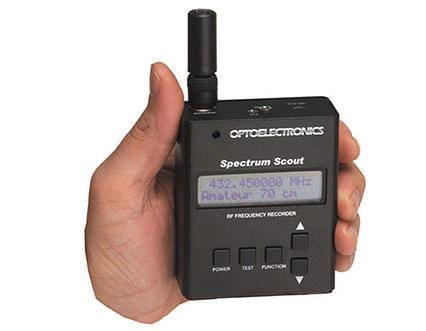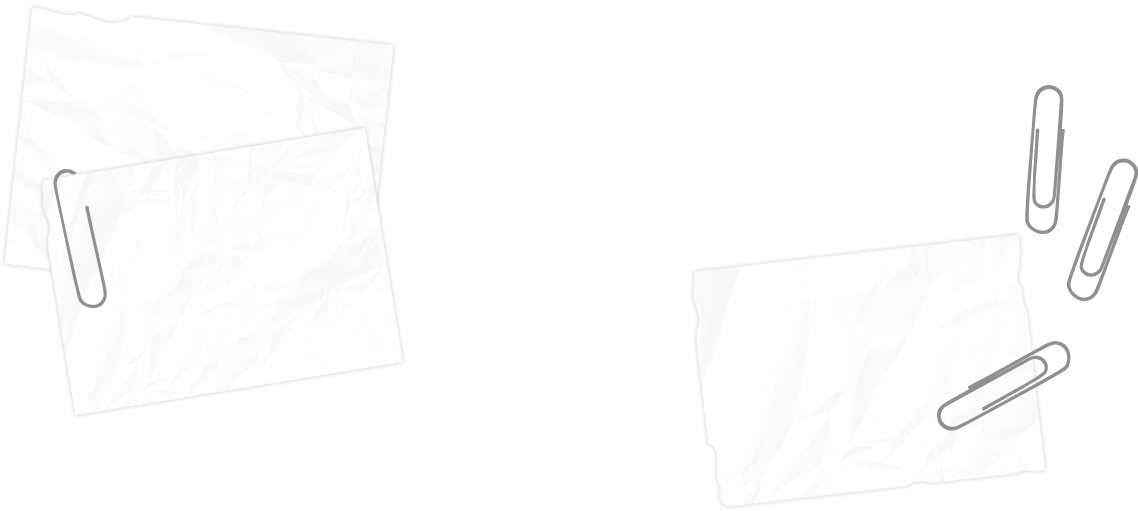Frequency Tracker License Code & Keygen Free Download
- calfootafu1985
- May 18, 2022
- 3 min read

Frequency Tracker Crack + 2022 [New] This controls the frequency of the motor. A value of 0.0 will make it run at a fixed speed, usually around 24.5 Hz. Higher values will make the motor run at an ever decreasing speed, usually around 17 Hz for 100% frequency. At the lowest settings (frequency = 0.0), the modulation only happens because of the output's amplitude control. But the ramp is very smooth, so you usually don't notice it. Amplitude This controls the peak-to-peak amplitude of the motor's output. Here is a great example: Frequency of 100% Amplitude of 2 Frequency of 100% Amplitude of 2 The black line is the DC input, the white line is the output. You can clearly see that the frequency decreases to only about 12 Hz, the amplitude stays the same. At lower settings, the output isn't that good, it's bad at higher frequencies. You can hear the difference very well. But for a robot arm, it's good enough. Frequency: The first step Amplitude: The second step Pulse width These are the only settings that are dependent on the input waveform: Frequency Pulse width If the pulse width is too low, the motor will only be switched on for a very short time. This would cause an oscillation with the frequency of the output. But at the same time, the frequency would be changing rapidly. A higher value will cause less oscillation, but you will miss the target frequency. At higher settings, the motor will respond to the input by staying ON longer. Again, a higher value of pulse width will cause less oscillation, but the motor will take longer to respond. The higher the setting, the closer the response will be to the input waveform. But at a setting of 50 Hz, it will be even faster than the input. So, let's try it with a sinusoidal input. We will now use a sinusoidal input for the pulse width, just like the diagrams above showed. Pulse width: At the lowest setting, the motor will take longer to respond than at the settings with larger pulse width. The small jump around at lower pulse widths is because the motor was Frequency Tracker Crack Acceptable Output Rate This property is only applicable for mice. When the acceptable output rate is set, the mouse can only send the maximum number of data points per second. To set the property: 1. Right click on the output in the status bar and click on "Acceptable Output Rate" 2. In the "Acceptable Output Rate" window, enter the desired maximum data points per second that the mouse can send. Description: Sets the maximum number of data points per second that the mouse can send. Property: Acceptable Output Rate 1a423ce670 Frequency Tracker L = Latch triggered automatically when frequency reaches target range U = Unlatch triggered automatically when frequency is below target range P = Portamento B = Bending D = Divisor S = Offset S1 = Frequency target in Hz S2 = Frequency offset in Hz Modifiers Time - (HK: HK = Hold key, Auto Hold HKX = Chord/Trill key KCC = Key combination CC (McCawley) P1 = Pitch bend first P2 = Pitch bend second KCL = Key CC left KCR = Key CC right KCH = Key CC half KL - (L: L = Unlatch key R - (U: U = Latch key UQ = Unlatch with Quarter notes UR = Latch key, Release with Quarter notes UO = Latch key, Overlap with Quarter notes Bn - (U: U = Bending key UB = Bend Left UBQ = Bend Right UBO = Bend Overlap UBR = Bend Release Pa - (U: U = Portamento key UQa = Portamento key, Quarter notes UQe = Portamento key, Quarter rest D - (U: U = Modulation key UD = Modulation, Down UUD = Modulation, Down, Repeat UDH = Modulation, Down, Hold T - (U: U = Sync rate key UT = Sync rate, Up UUD = Modulation, Down, Repeat Rc - (U: U = Reset key UQ = Reset to Defaults I = Instrument range J = Octave range Scale changes - (U: U = Scale range key UG = Scale range, Up UUD = Modulation, Down, Repeat V - (L: L = Tuning key UQa = Tune Quarter notes UQb = Tune Quarter rest UQe = Tune Quarter rest, Quarter rest Vc - (U: U = Volume key UQc = Volume 1/8 note Cn - (U: U = Centre key UQe = Tune Quarter rest, Quarter rest Sw - (U: U = Suboctave What's New In Frequency Tracker? System Requirements: --Minimum: RAM: 512 MB Video: 128 MB H.264/MPEG-4 Video: 128 MB Video Processing: 128 MB Disk Space: 2 GB --Recommended: RAM: 1 GB Video: 1 GB H.264/MPEG-4 Video: 1 GB Video Processing: 1 GB Disk Space: 5 GB --Note: In-game music volume must be turned up to enjoy full experience. --
Related links:



![Portable SeqDownload For Windows [2022-Latest]](https://static.wixstatic.com/media/fa5977_60f3d2b176e843de886b472fe8c941a9~mv2.jpeg/v1/fill/w_280,h_257,al_c,q_80,enc_avif,quality_auto/fa5977_60f3d2b176e843de886b472fe8c941a9~mv2.jpeg)

Comments